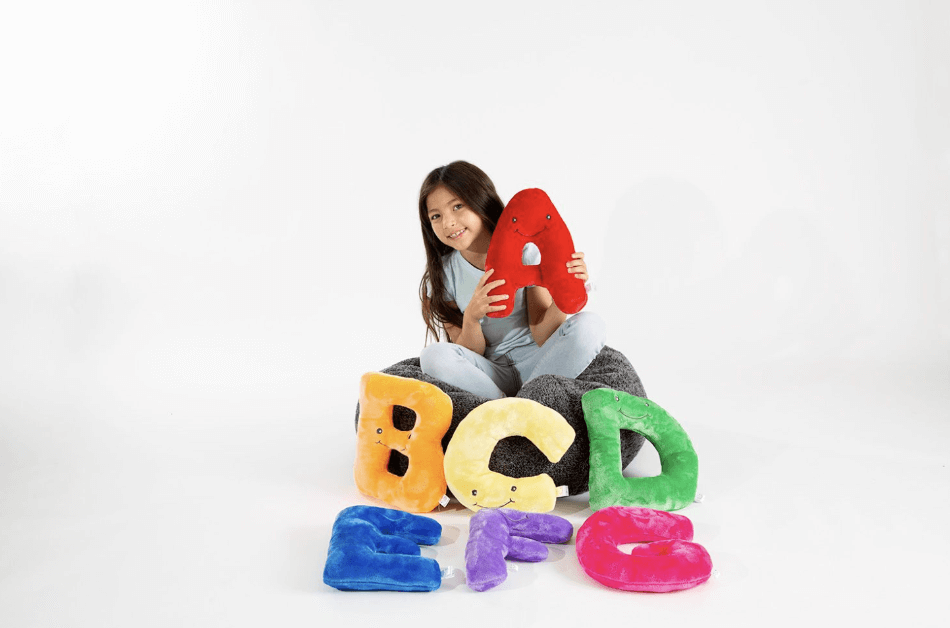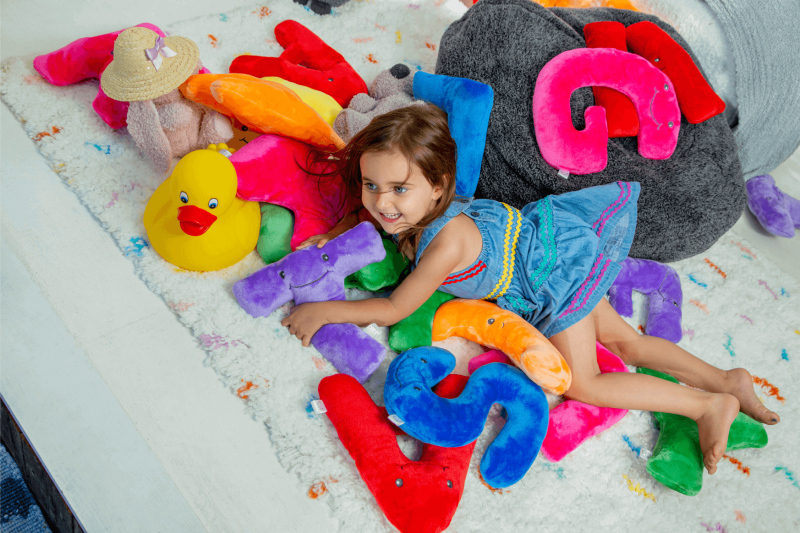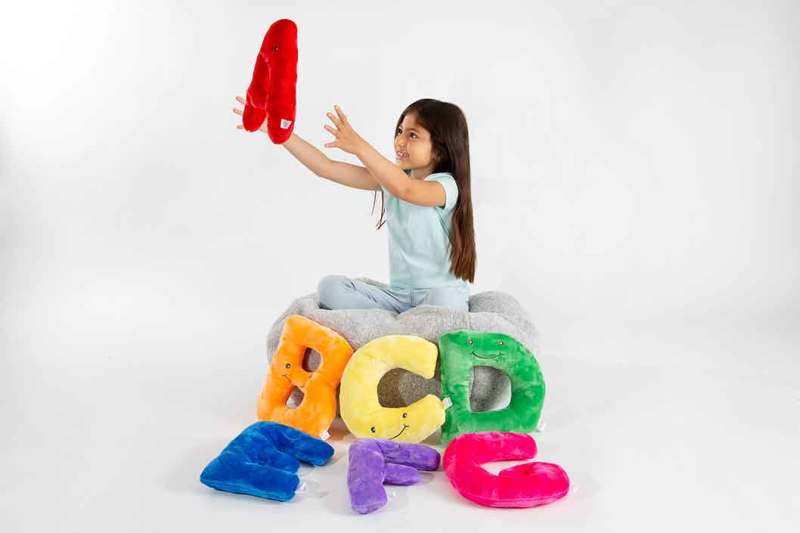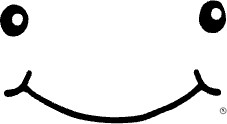
How to Teach Measurement: Measuring Activities for Kids
October 24, 2023
Understanding numbers and basic measurement concepts is essential for preschoolers' early childhood development. These skills form a basis for how kids order and quantify the world around them.
Parents and educators play an important role in providing opportunities for kids to learn and develop essential measurement and pre-math skills. However, they often struggle to find fun activities to support children's understanding of measurement and math concepts.
Introducing basic measurement skills to preschoolers doesn't have to revolve around reading complex math textbooks. Read on for practical measurement activities for preschool that can help parents teach inches, centimeters, and feet in an entertaining way.
Why Teach Measurement to Preschoolers?
Measurement is a fundamental skill that plays a major role in developing essential cognitive skills in a child's early life. Understanding measurement concepts and numbers allows little learners to acquire life-long comprehension, critical thinking, and problem-solving skills.
A young child's sense of measurement develops during their daily routines or play, where they engage in activities that shape their early math and measurement skills in everyday life. For instance, preschoolers often use their hands and fingers to compare the length or height of different toys. Such playful learning helps build on a child's early measurement skills, enabling them to understand higher-level math as their abilities expand.
As preschoolers and kindergarten kids explore and understand different ways of comparing, they start to use terms such as bigger, smaller, shorter, and taller. This development of measurement-related vocabulary helps kids become effective communicators and supports their foundational math skills and school readiness.
Learning to measure ties seamlessly into kids' letter recognition and reading readiness, as it helps enhance comprehension, vocabulary, and oral language during early childhood development.
Playful Learning: Connecting Measurement to Everyday Concepts
Introducing measurement concepts to preschoolers and kindergarten kids helps lay an important math foundation early in life. Parents can make learning easier by incorporating play-based activities involving sensory toys, puzzles, blocks, and other educational tools.
Hands-on measurement activities for kindergarten can be integrated into everyday games and routines in multiple ways. For instance, parents can help their child use a string to measure the size of a block tower or ask them to estimate how many cups of water fill up a jug. Such simple measurement activities allow kids to practice learned concepts while enhancing memory retention and fine motor skills.
Parents can use everyday objects to promote and reinforce math and measuring concepts in a tangible way. Lego bricks, plush number toys, or even yummy snacks can serve as tools to create counting, grouping, and patterning activities that enhance kinesthetic learning. Kids can also learn useful estimation skills by experimenting with stopwatches, trundle wheels, and other tools during playtime.
Visual Aids for Better Understanding
Being visual learners, preschoolers learn most of their measurement and number concepts while comparing objects. Measurement games based on interactive learning tools such as play dough and blocks can help kids learn to express quantity in multiple ways.
Numberpals is a leading learning solution for visual aids that can help little learners pick up measurement and number skills easily and comfortably. Parents can use colored plush numbers with embroidered faces to design interactive counting games and introduce basic math concepts like addition.
Kids can get practice with measurement by creating simple visual aids using readily available items at home or in the classroom. For instance, they can stack up blocks to build a tall tower and then use a ruler or tape to measure the height. Similarly, preschoolers can use strings to record their growth on a height chart or compare family members' heights.
Practical Examples of Measuring Activities
Young learners can experiment with the following activities to comprehend the use of formal units in measurement.
Step-by-step guide for measuring activities using inches: Pre-kindergarten children can enhance their measurement skills using paper strips or ribbons cut to several inches. They can use these measuring tools to compare the heights of various objects around the playground.
Step-by-step guide for measuring activities using centimeters: Kids can use rulers or tape measures to measure small objects or body parts to enhance their understanding of length and size.
Step-by-step guide for measuring activities using feet: Teachers can introduce the concept of footsteps as a unit during measurement activities for 2nd grade. They encourage kids to measure larger objects, such as pavements, by pacing them off with their feet and then converting the length to inches or centimeters.
Involving Parents in the Learning Process
Parents and teachers can actively support measurement learning by encouraging learners to use different quantifying determiners when comparing objects. They can also ensure learning continuity by providing practical applications to reinforce measurement concepts at home and in the classroom.
Bean bag toss, hopscotch, and dice games are simple measurement activities that parents can leverage to introduce concepts like counting and distance. Even straightforward activities like sorting and counting gummy bears can present opportunities for preschoolers to practice measurement.
One of the ways parents can facilitate learning is by prompting kids to ask questions about how and why people measure things. They can also celebrate and reinforce measuring achievements while encouraging learners to use new measurement-related vocabulary.
Number Fun with Numberpals
A hands-on approach focused on practical applications allows young learners to understand the language of quantities and numbers. Children with a solid foundation of measurement can apply their skills in everyday tasks such as comparing sizes, organizing objects, and understanding time.
Play-based learning centered on puzzles, short stories, and sensory toys can make measurement learning easy and enjoyable for preschoolers. Literacy experts encourage parents to incorporate fun, engaging math activities into everyday life to help kids grasp basic measurement concepts.
Numberpals, an innovative number learning toy, offers kids an interactive tool to nurture their measurement, math literacy, and reading fluency skills. Kids can snuggle up to their plush toys while playing measurement games that promote number recognition, pre-math skills, and more.
Get your set of Numberpals today to discover a game-changing sensory toy that could help spark your child's interest in measurement and numbers.









